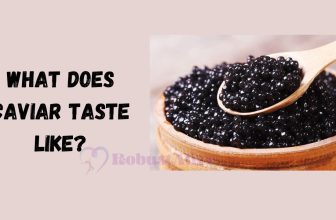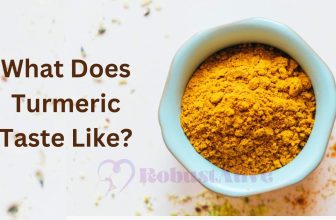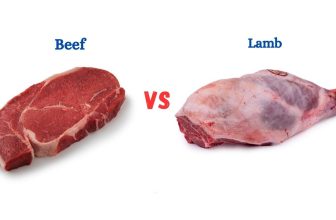What Can I Eat After Colonoscopy? Learn Complete Dietary Guidance
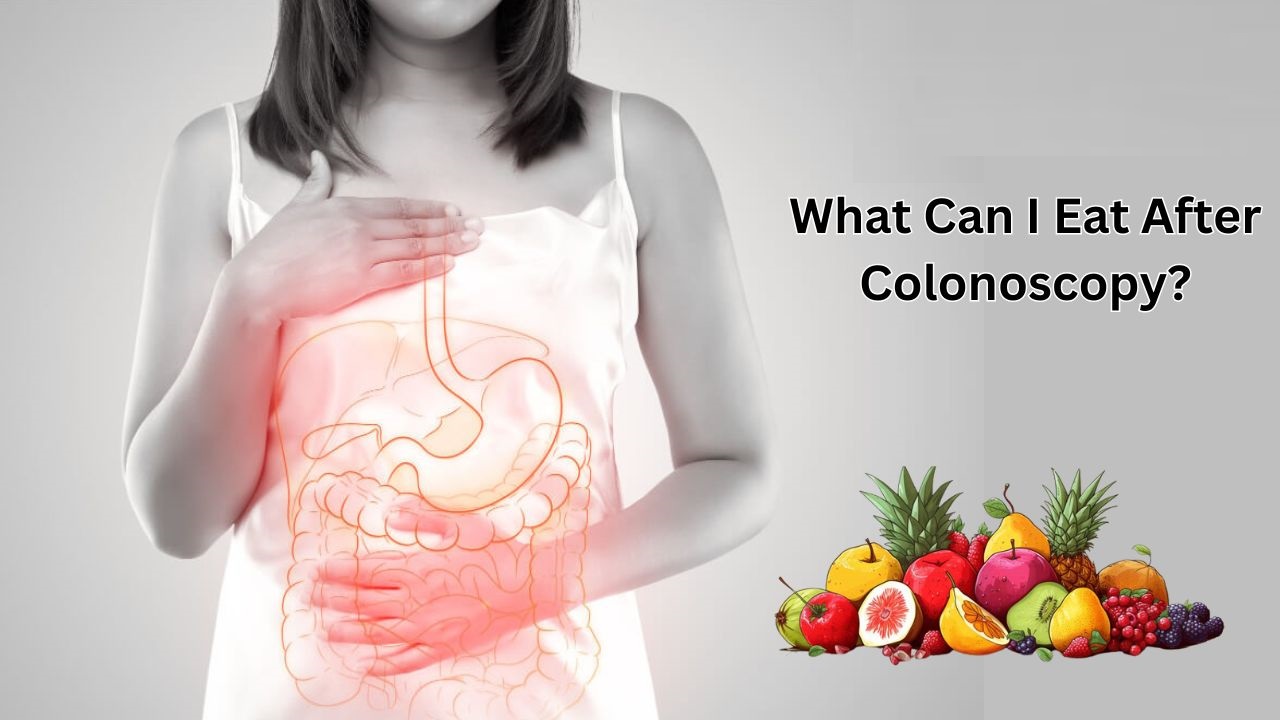
Exploring the post-colonoscopy dietary chart is essential for a smooth recovery. Moreover, it’s necessary to ensure your digestive system’s well-being. So what can I eat after Colonoscopy?
After undergoing a colonoscopy, your gastrointestinal tract needs some time to readjust. Moreover, your body becomes more sensitive to certain foods. This period of recovery is an opportunity to be mindful of your diet. Choose foods that are gentle on your digestive system. Choose wisely that provides the necessary nutrients for healing.
In this guide, we’ll explore various suitable food options that help you relax into your regular eating routine after a colonoscopy. It will be comfortable and a seamless recovery process.
Can I Eat After A Colonoscopy?
You can eat after a colonoscopy. However, the types of foods you consume vary during the initial stages of your recovery. After a colonoscopy, your digestive system becomes sensitive.
Therefore, your doctor provides specific instructions on what and when you can eat. He also confirms when you will get back to your regular digestive system.
How Long After a Colonoscopy Can You Eat Normally?
You can probably get back to a regular diet the next day. However, the timing for resuming your regular diet after a colonoscopy is based on several factors. Those include the type of procedure you had, any findings or interventions during the procedure, and your recovery process. Generally, the timeline for returning to your regular diet follows a gradual progression:
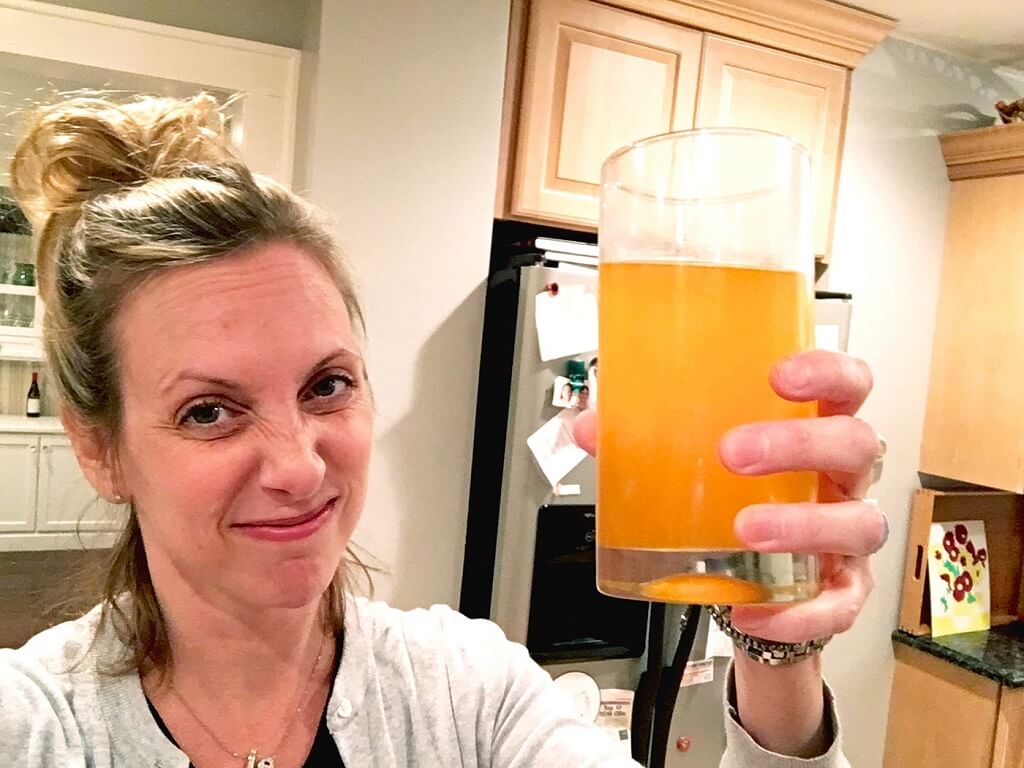
Immediate Post-Procedure Period (Day of Colonoscopy)
Eating after a colonoscopy is a crucial fact. What Can You Eat Immediately After A Colonoscopy? In the immediate aftermath of a colonoscopy, you’ll start with clear liquids to stay hydrated. It will give your digestive system time to wake up. Clear liquids can include
- water,
- clear broths,
- plain gelatin (avoid any containing red or purple colouring)
- Clear popsicles
- clear fruit juices without pulp.
As your recovery progresses, you can gradually introduce soft and easily digestible foods.
It’s essential to avoid foods that irritate your healing digestive system.
Full Liquids (Next Phase)
Within a day or so after the procedure, you’ll likely progress to full liquids, which can include:
- smooth soups,
- low-fat yoghurt,
- milkshakes, and
- clear nutritional drinks.
This phase provides additional nutrients and calories while remaining gentle on the stomach.
Soft Foods (within 2-3 days after the Surgery)
A day or two after full liquids, you can gradually introduce soft, low-fiber foods. This phase allows your digestive system to adapt to more solid foods.
Regular Diet
After a few days, you can return to your regular diet. You can add a wider variety of foods. However, avoid spicy foods, high-fibre foods, and other potential irritants until you feel comfortable.
What Types of Foods Are Good to Eat After A Colonoscopy?
You should know which type of food you can consume among thousands of options to eat after the procedure. In this part, we will discuss what type of food and why you will choose this type after the procedure. Let’s delve into the facts.
Fluid
A mild dehydration after your Colonoscopy occurs. You lose a lot of fluid during the preparation for the procedure. To restore the fluid balance in your body and help you gain electrolytes, you should consume a lot of fluids and electrolytes. You can consume them in the form of beverages like Powerade and Gatorade. If you cannot consume oral fluids, you require IV fluids to restore your average fluid volume. For about a day after a colonoscopy, you shouldn’t consume any alcohol.
Light Food
Light foods, such as fruit juices and vegetable soup, are simple to chew, simple to digest, and easy on the stomach.
Low Residue Diet
After the Colonoscopy, eat a low-residue diet. Low-fiber, low-residue diets won’t aggravate the colon right after a colonoscopy. This will also result in fewer stools for you.
Probiotic Meals
These foods are healthy because they contain the “good bacteria” your colon requires for optimum health. These beneficial bacteria can balance the remaining harmful bacteria in your body. Probiotics improve digestion and remove acidic waste, giving us more energy and stamina.
What Can I Eat After Colonoscopy?
After the procedure, your digestive system needs some tender care and attention as it recovers. What you eat during this recovery phase can ensure your comfort and promote healing. While everyone’s tolerance to different foods can vary, here’s a general guideline on what you can eat after a colonoscopy:
Soft Foods
As your recovery progresses, you can transition to soft, easy-to-digest foods. These options include:
- Mashed Potatoes: Add plain mashed potatoes to your menu. Don’t add butter or spices.
- Cooked Vegetables: Steamed or boiled carrots, squash, and zucchini are easy to digest and nutritional.
- Oatmeal: Plain, cooked oatmeal provides fibre. It is too gentle on your delicate stomach.
- Applesauce: Unsweetened applesauce is a good source of vitamins and is easy to digest.
- Yoghurt: Choose plain, low-fat yoghurt with live and active cultures to benefit gut health.
Vegetables
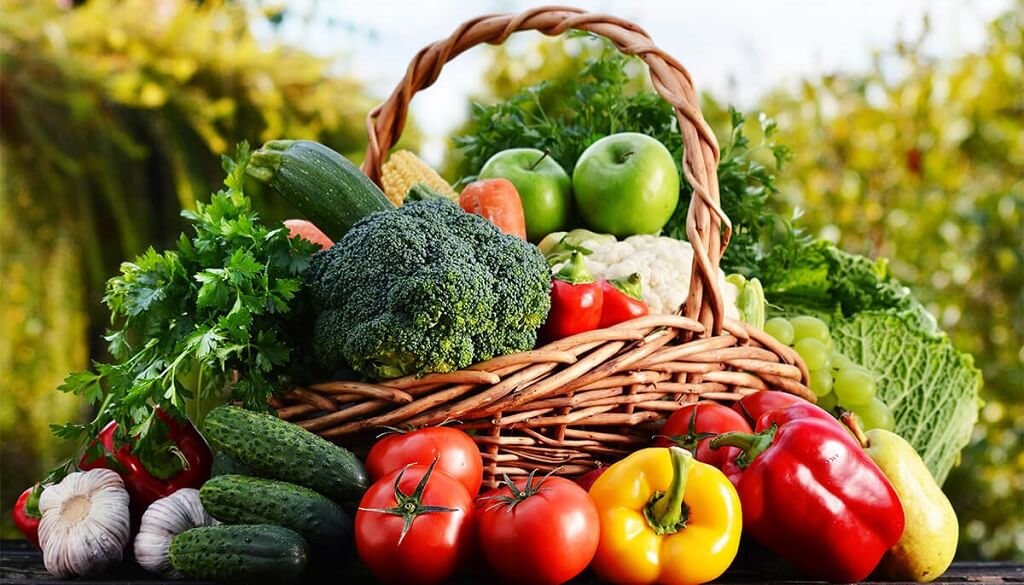
Vegetables and organic leafy green foods are highly detoxifying. So, what vegetables can I eat after a colonoscopy? They contain a medium amount of fibre, minerals, and vitamins. Try vegetables like zucchini, bok choy, carrot, tomato, eggplant, pumpkin, yellow squash, and spinach. However, eating them as part of a soup or smoothie is better. Make sure the vegetables are well-cooked and peeled.
Hydration
Stay hydrated throughout your recovery. Besides water, consider:
- Herbal teas (chamomile, ginger)
- Clear fruit juices (diluted with water)
- Electrolyte-rich drinks (avoid those with added sugars)
Lean Proteins
Including lean sources of protein is essential for tissue repair. Consider:
- Skinless Chicken: Baked, boiled, or grilled chicken is a lean protein option.
- Fish: Baked or broiled fish like cod or haddock provides omega-3 fatty acids.
- Eggs: Scrambled or boiled eggs are gentle on the stomach and rich in protein.
Fruits
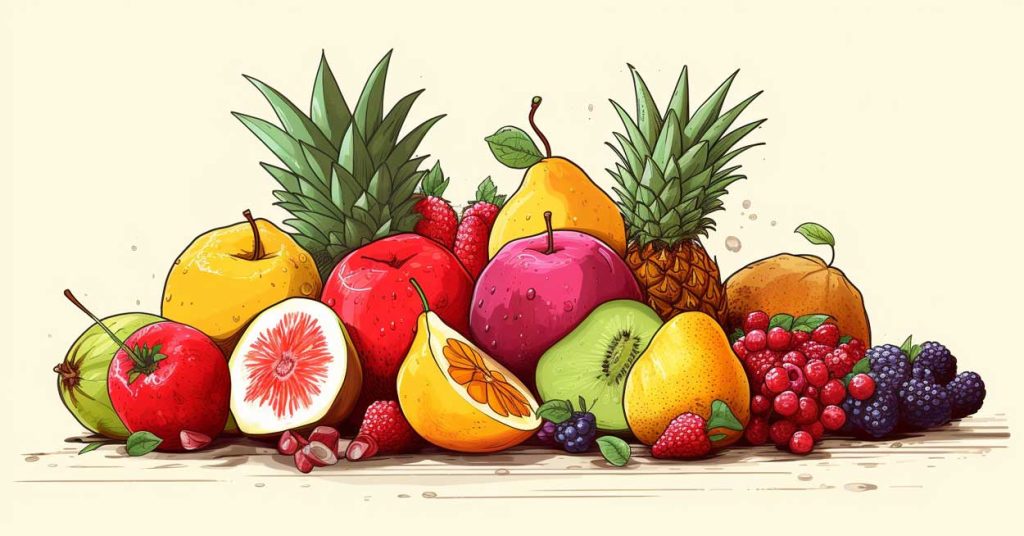
choose well-cooked or soft fruits that are easy to digest:
- Bananas: These are easily digestible and provide potassium.
- Canned Peaches or Pears: Choose those packed in their juices, not heavy syrup.
- Melons: Watermelon and cantaloupe are hydrating and soft on the stomach.-
- Organic berries: These are healthy foods with about the right amount of fibre.
- Ripe melons (watermelon, cantaloupe)
- Cooked and peeled fruits (apples, pears)
- Yellow dragon fruit
Fruits are very detoxifying. Regular fruits often have chemicals sprayed on them, which takes away the taste of the food.
Smooth soups (strained)
- Creamed soups (avoid chunky or fibrous ingredients)
- Low-fat yoghurt or kefir (without seeds or chunks)
- Milkshakes (using low-fat milk or dairy alternatives)
- Pureed fruits (strained applesauce, pear sauce)
- Fruit juices without pulp
What to eat after Colonoscopy with polyp removal is also a popular question people want to know. So you can maintain the same menu listed above.
Food Restrictions After Colonoscopy
After the Colonoscopy, the diet chart will be changed completely, so here’s a list of foods you should avoid or consume in moderation after a colonoscopy:
High-Fiber Foods:
- Whole grains (whole wheat, brown rice, quinoa)
- Bran and bran-containing foods
- Whole fruits and raw vegetables
- Salad like caesar salad
- Seeds and nuts
Spicy Foods
- Hot sauces
- Excessively spicy dishes
Fatty and Fried Foods
- Fried foods (french fries, fried chicken)
- Fatty cuts of meat
- High-fat dairy products (full-fat cheese, cream)
Dairy Products
- High-lactose dairy (milk, ice cream, soft cheeses)
- If lactose intolerance is an issue for you
Carbonated Drinks
- Soda
- Carbonated water
Gas-Producing Foods
- Beans and legumes
- Cabbage, broccoli, cauliflower
- Onions and garlic
Citrus Fruits
- Oranges, grapefruits, lemons or any acidic fruits.
Spicy Foods
- Spices, hot sauces, and overly spicy dishes.
Vegetables
- Brussels Sprouts
- Cabbage
- Kale
- Collard Greens
- Turnips
- Rutabaga
- Artichokes
- Celery
- Asparagus
- Leeks
- Radishes
- Corn
- Bell Peppers
- Eggplant (with skin)
- Raw Spinach
Frequently Asked Questions (FAQs)
Can I eat McDonald’s after a colonoscopy?
No. After a colonoscopy, initially follow a diet that is easy on your digestive system. Choose wisely that the meal can support healing, too. Like McDonald’s, fast food is typically high in fat, salt, and processed ingredients. There are better choices than burgers, pizza, and sandwiches during the initial recovery phase.
What medications can be used for pain relief after a colonoscopy?
You can take Tylenol (acetaminophen) for pain. For abdominal pain or headache, it’s okay to take paracetamol. You can take ibuprofen to ease the pain, too.
Conclusion
In the end, now you know what you can eat after your Colonoscopy. Choose foods that are kind to your tummy as it heals. Go for well-cooked, soft and peeled vegetables and gentle proteins. Skip the spicy and fibrous stuff for now, and savour a smooth recovery. Remember, your doctor’s advice is your best guide!

